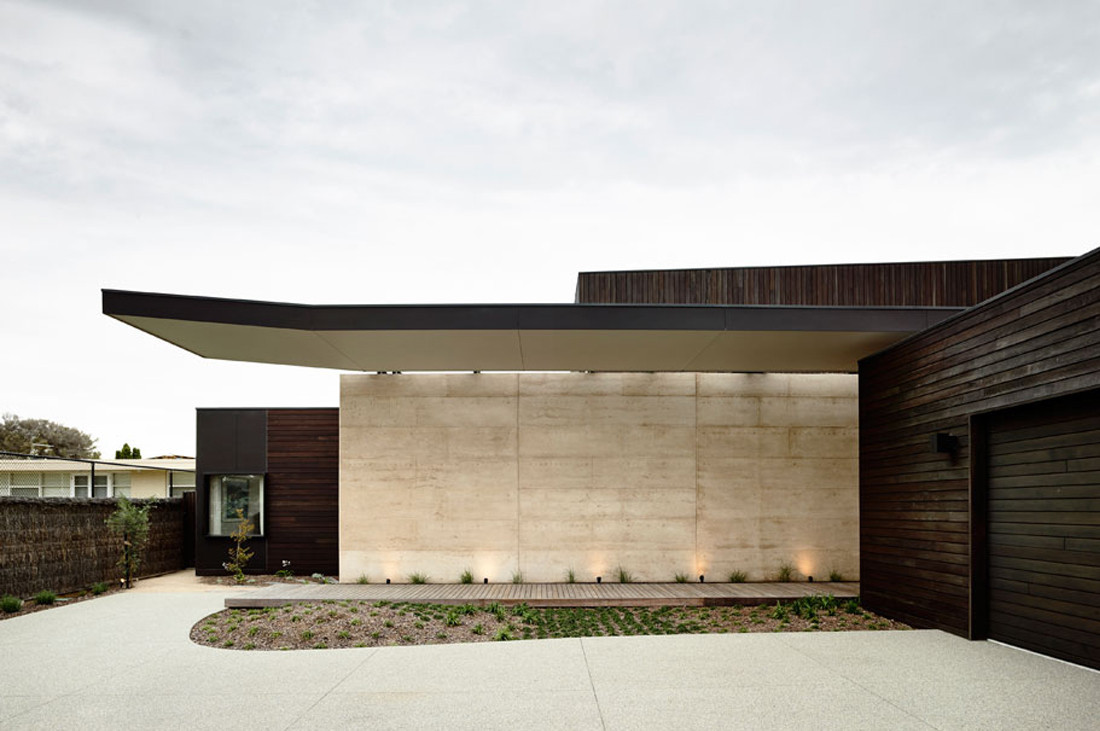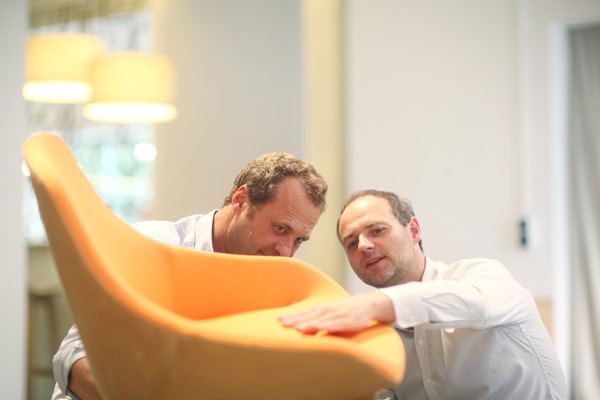Indesign gives you an in depth look into Rammed Earth Walls and Houses. What’s goes into their construction how much does it cost and what are the pros & cons of this sustainable alternative.

Brick Kiln House by Made In Earth
July 1st, 2020
Do you like walls but can’t stand the completely overdone and boring method of building them by stacking a bunch of bricks on top of each other and calling it a day? Do you like mixing a whole bunch of materials together to get a mixture that is greater than the sum of it’s parts? Do you like sustainable construction (seriously, who doesn’t?)? Then you need to look into the exciting new (by which we mean extremely ancient) trend of the rammed earth wall!

Rammed earth, is a technique for constructing foundations, floors, and walls by using natural raw materials. Materials like earth, chalk, lime, or gravel. It has a long history stretching back to about as early as humans were making buildings with evidence of it being used as far back as 8000 BC in the Fertile Crescent so if it was good enough for Mesolithic man it’s good enough for us.

Photo source: BabelStone
Making rammed earth generally means compacting a damp mix of sub soil that has the right amounts of sand, gravel, clay, and stabilizer (historically this meant lime or… animal blood) into a formwork (meaning a frame or mold).
The Soil mix is poured into the formwork to a suitable depth and then compacted to approximately half its original volume. The soil is compressed in batches or courses, gradually erecting a wall up to the top of the formwork. Tamping was historically done a long ramming pole, meaning a whole lot of work for the person or people doing it. Thanks to modern technology pneumatically powered tampers are now the preferred method but feel free to go all paleo and break your back if that’s the way you want to go.

Photo Source: Moshirah
The strength of rammed earth will actually increase as it cures with compressive strength of rammed earth decided by factors like soil type, particle size distribution, compaction level, moisture content of the mix and type and amount of stabiliser used. A well produced cement stabilised rammed earth wall can be anywhere between 5 to 20 MPa but you could get even more strength out of it if you were to use more cement. Once they’ve cured the walls can be painted, are as fire resistant as the materials used in them and depending on the strength can be load bearing, pretty much like any other wall.
Cost once again depends on the materials used it can be cheaper than alternatives but the cost in labour may mean it turns out pricey. They will require at least one skilled labourer and require special tools (unless you want to go all ‘early man’ here) so it’s not exactly a good call to do this one as a DIY project on a long weekend.

Photography by Michael Nicholson
In addition to needing to be professional constructed there are some other disadvantages, to name a few, they need roof overhangs to protect them from the rain and erosion, they’re terrible insulators in colder climates, depending on the circumstances and the need for experienced labourers it isn’t exactly cheap . Also, once it’s made, it’s pretty hard to alter it in any way, you’re stuck with what you’ve got.

So why choose the rammed earth wall or even a rammed earth house? Well one huge benefit is its high thermal mass, it absorbs heat during daytime and releases it at night. So in a hot country like Australia it’s a good material. Rammed Earth is also an effective regulator of humidity, it can be made to regulate humidity at a perfect range for people suffering from asthma.

Brick Kiln House by Made In Earth
A searchable and comprehensive guide for specifying leading products and their suppliers
Keep up to date with the latest and greatest from our industry BFF's!

Within the intimate confines of compact living, where space is at a premium, efficiency is critical and dining out often trumps home cooking, Gaggenau’s 400 Series Culinary Drawer proves that limited space can, in fact, unlock unlimited culinary possibilities.

BLANCOCULINA-S II Sensor promotes water efficiency and reduces waste, representing a leap forward in faucet technology.

XTRA celebrates the distinctive and unexpected work of Magis in their Singapore showroom.

In this candid interview, the culinary mastermind behind Singapore’s Nouri and Appetite talks about food as an act of human connection that transcends borders and accolades, the crucial role of technology in preserving its unifying power, and finding a kindred spirit in Gaggenau’s reverence for tradition and relentless pursuit of innovation.

With roots in Germany, Zeitraum combine a rich knowledge of local timbers with expert workmanship to produce furniture that is both beautiful and durable.
Have you ever put bananas into a plastic bag? It may not seem like the worst environmental crime, but this simple act led Ben Anderson and his partner Sarah to create the online store Eco Depot.
The internet never sleeps! Here's the stuff you might have missed

The Matraville Youth and Community Hall is a balanced response to the environment and the community it serves.

Superfreak is a sumptuous new café in Sydney’s inner west whose rich colours, evocative textures and smart layout combine to create a memorable atmosphere.